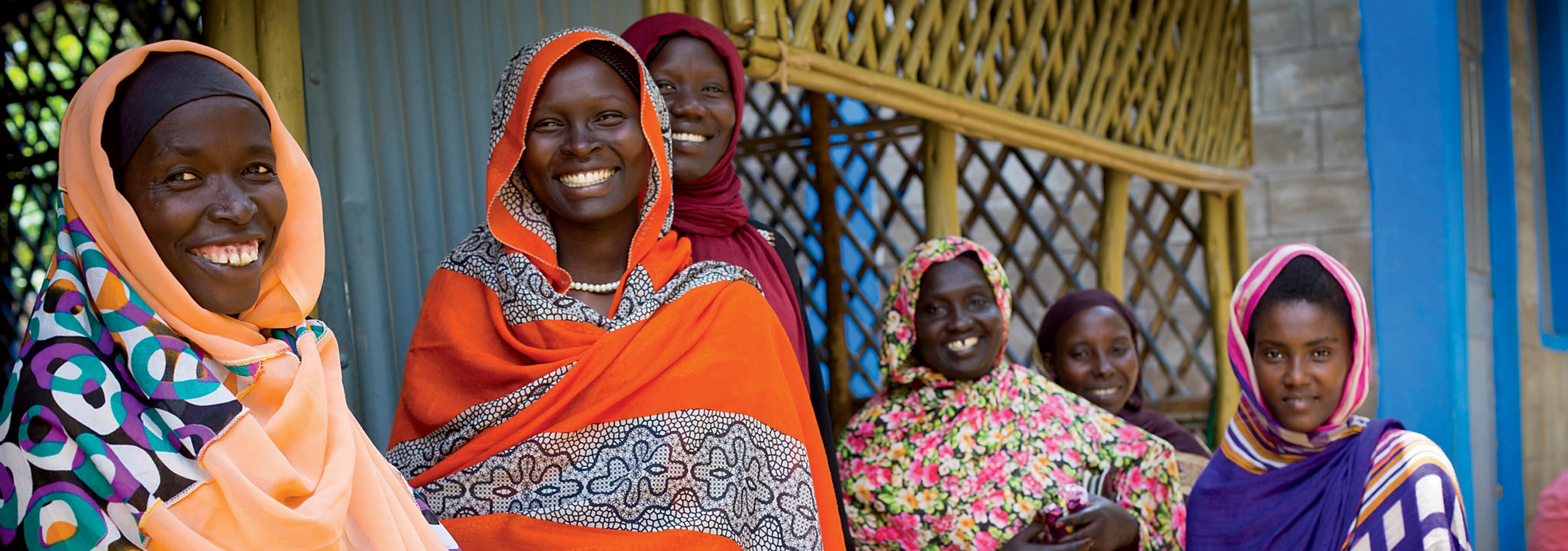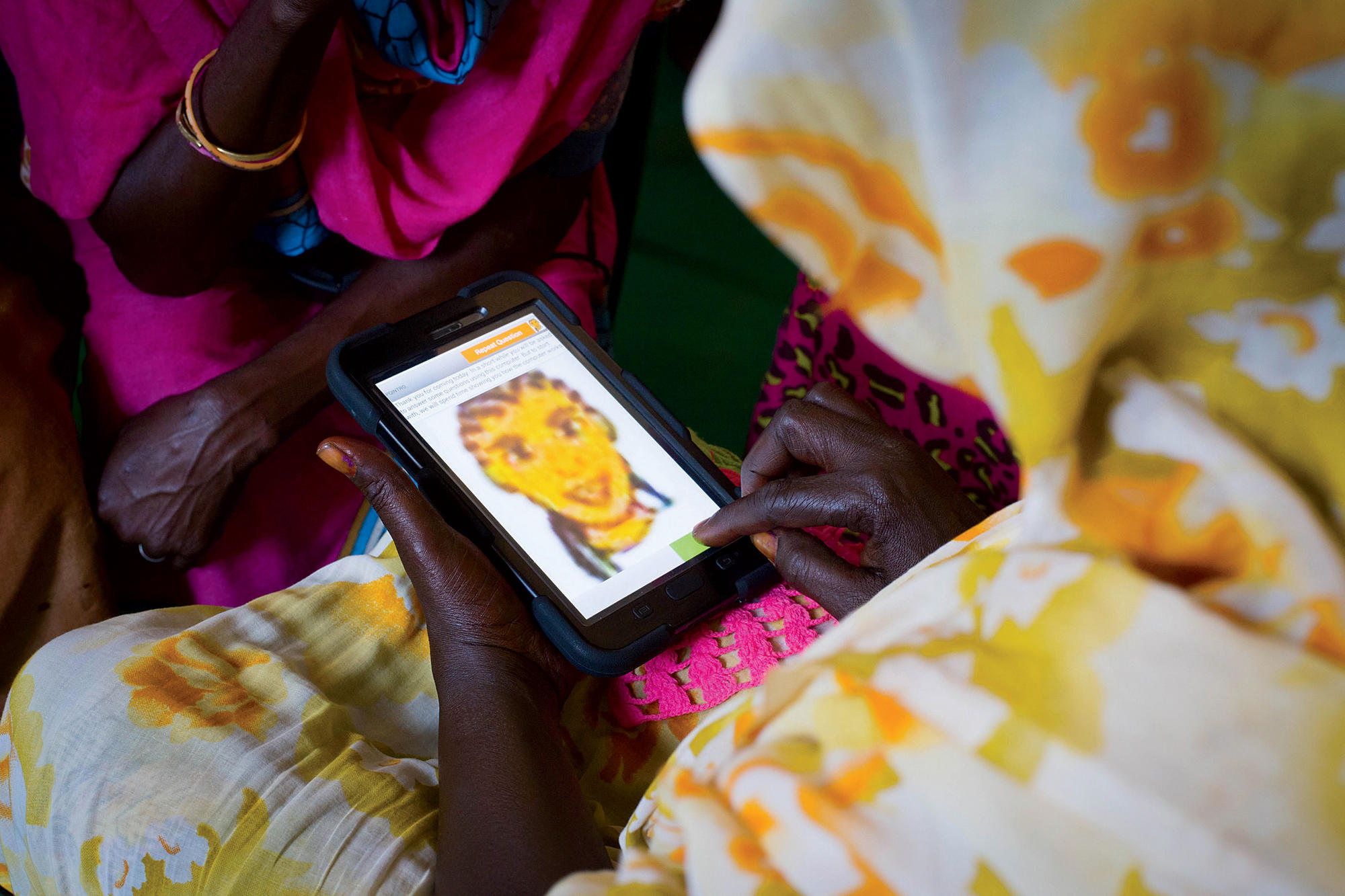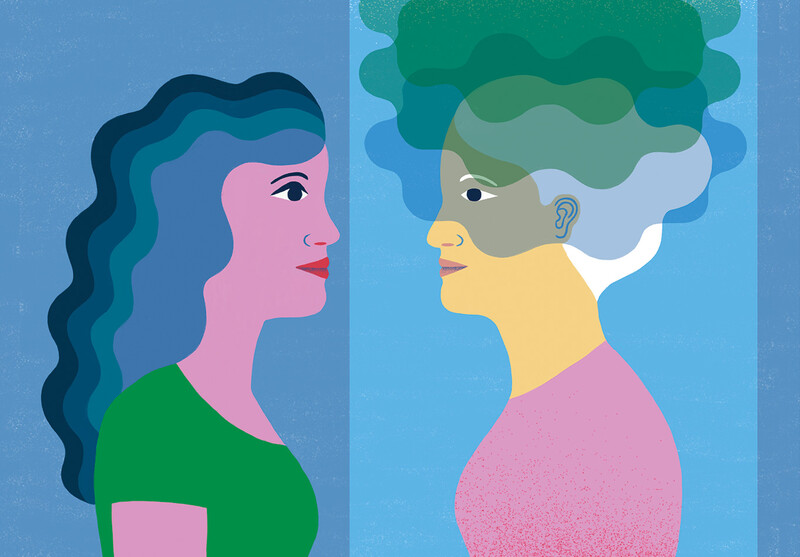
In what parts of the world do you work?
In recent years, my team has worked with refugee populations in Ethiopia and Uganda, where hundreds of thousands of people have fled to escape fighting in nearby countries, and in Indonesia, where tens of thousands have been displaced by floods and other natural disasters. We’ve also done a lot of work in the Democratic Republic of Congo and Sierra Leone, looking at communities that have been devastated by those countries’ civil wars.
What kind of issues are you studying?
We want to know: are women and girls in these types of chaotic environments more likely to experience gender-based violence? If so, what can be done to prevent this? And what can be done to help survivors recover? Very little research has been done on these topics among refugee populations.
Why is that?
In part because it’s difficult to get funding to do research of any kind in emergency settings. Donors who fund international relief efforts have historically tended to put their money toward food, medicine, shelter, and other basic necessities rather than studies. Most of the research that has been done is focused on improving nutrition and controlling the spread of infectious disease, not addressing women’s issues.
Describe a typical day in the field.
In every place we work, we collaborate with local researchers, often from the affected population. With their help, we ask women and girls about their hopes and needs, their overall well-being, and their experiences of violence. In some settings, this can be quite a challenge. In the refugee camps in Ethiopia, for example, people speak dozens of different languages. It’s difficult to find literate women who can serve as researchers or translators. It’s also challenging to create an environment where women and girls can talk openly about such intimate matters as sexual violence. Many of them come from societies where they are likely to be stigmatized or even punished for being sexually assaulted. So there are very real reasons why they may not want to talk to us.
You’ve tried some novel strategies to get them to open up.
Yes, we recently conducted a study in Ethiopia and the Congo, with 1,300 girls aged ten to nineteen, to compare two strategies. We started with an approach that NGOs often use when doing a needs assessment: we spoke to women and girls in small groups and asked them to describe any patterns of abuse that were occurring, without telling us about specific incidents. The information we gathered this way confirmed a lot of traditional thinking. Most notably, we heard that sexual violence was a pervasive problem and mostly perpetrated by police, soldiers, or strangers in the community.
But then we interviewed the same girls using a new approach: we had them self-administer surveys by listening to audio recordings of multiple-choice questions and entering their answers on electronic tablets. Since a lot of the girls were illiterate, the answers were color-coded, with the audio recording instructing them which colors corresponded to the answers. We hoped that the privacy afforded by the tablet would embolden the girls to open up. And it worked.
What did you discover?
Well, first, we found that the number of girls who had experienced violence was much larger than anyone had previously realized. More than one in four said they’d been sexually assaulted or raped in the previous year, while one in three said they’d been beaten. The victims were also surprisingly young: many ten-year-olds said they’d been sexually assaulted.
Another surprise was the perpetrators. Whereas most of the girls who participated in our group conversations told us that strangers were the ones who routinely hurt women and girls, more than 85 percent of those who took the self-administered survey said that they were hurt by someone close to them. Typically, this was a boyfriend, husband, father, or other close family member. The shift was so dramatic that at first we thought something was wrong with our data. But the change we saw in the girls’ responses was nearly identical in both locations — the refugee camps in Ethiopia and in the Congo. Our finding was no fluke.
Why do you think girls in the group conversations had concealed who was hurting them?
I think it’s partly because it’s more socially acceptable to talk about violence that is perpetrated by strangers. If you say that a relative attacked you, the risk of stigmatization or retaliation is often higher. Imagine if the person you accuse is the patriarch and main breadwinner. Getting him in trouble could jeopardize the economic well-being of your entire family. It’s probably a lot safer to say you were beaten up or raped by some random soldier.
Are you suggesting that soldiers don’t pose a threat to women and girls?
Not at all. In fact, the Congo is one country where rape has absolutely been weaponized over the past twenty-five years. It’s been used on all sides of the conflict to demoralize and terrorize the opposition. But our findings suggest that, at least in some humanitarian settings, domestic violence is often a much bigger problem.
Is it a bigger problem than in non-emergency settings in the same countries?
That’s a good question, and the truth is we don’t have enough data yet to answer that conclusively. But there is some evidence to suggest it may be worse. One study we did in Sri Lanka showed that levels of domestic violence against women were higher in communities that were displaced during that country’s civil war. At this point, we can only hypothesize that in times of war you have a hyper-masculinized atmosphere and a lot of frustration. This may be one reason violence against women and girls increases.
What are the practical implications of your research?
The implications are substantial. In the past decade or so, international aid agencies have started to put some energy and resources into preventing gender-based violence in places where they provide services. But the steps they’ve taken are almost always aimed at protecting women from soldiers and other strangers. Refugee camps, for instance, are now often organized in ways that reduce the distance that women must walk to collect water, firewood, or food rations. They also have better lighting than they used to. While these measures are certainly helpful, our research suggests they don’t address the primary problem. You also need programs that promote healthier perspectives on gender relations. We want women and girls to embrace the fact that if you make a mistake, it’s not OK for your husband or boyfriend to ever hit you. And it’s not OK for him to ever force you to have sex. You need programs that encourage men and boys to treat women and girls as equals. In order to prevent violence within families, you need broad-based community programming that changes the culture of families.
That sounds like a difficult undertaking.
It is difficult, but not impossible. In the past few years, a handful of aid organizations have launched gender-equality programs in humanitarian settings with real results. The International Rescue Committee ran a twelve-month-long pilot program for girls in the same Ethiopian refugee camps where we worked. My research team evaluated the program’s impact and found that the young women who completed it were more likely to say that girls should stay in school and delay marriage until adulthood — two factors that reduce the risk of being abused.
Is it hard to get men to participate in such programs?
It can be much harder to get men to participate, but we have some great evidence emerging about creative ways to engage men. One recent program engaged men by focusing the curriculum on parenting skills. The men came out being better fathers and better husbands.
How realistic is it to think these programs will become widely available?
I think the more important question is: how much benefit would they have? There are sixty-five million displaced people in the world today — an all-time high — and more than half of them are women and children. This is a huge population that NGOs and other aid organizations are helping to care for. The well-being of women and girls ought to be among their top priorities.




